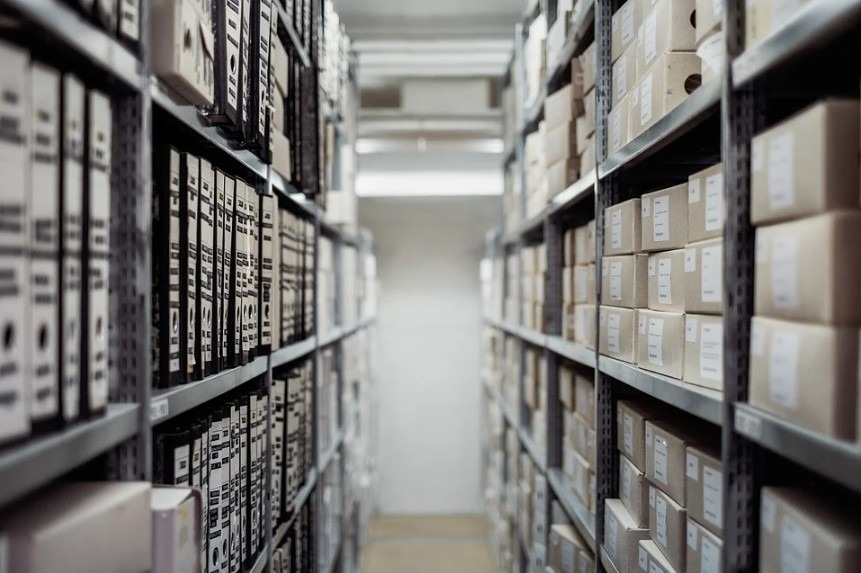Irrespective if you are looking for a long-term or temporary storage solution for your upcoming move, renting a storage unit is the perfect choice for storing your clutter when you are relocating to a new house. Have a look at these tips on how to prepare your belongings for storage.
1. Researching Storage Limitations
Make sure you find out what can or cannot be stored in a storage unit. The storage facility can give you a list on what is restricted. If not, ask them about their rules and regulations. Some examples of items that cannot be stored in a storage unit include toxic or dangerous goods such as:
- Fireworks
- Fertilizers
- Explosives
- Gasoline
- Paint
- Propane tanks
- Chemicals
- Narcotics
Other non-toxic items include medicine, perishable foods and plants.
2. Contemplating Which Personal Items To Place In Storage
Decide which items you need that must be transported by a moving company in Louisiana, and which ones can be stored away in the storage unit. Try to get rid of unwanted items. The more items you need to store, the larger the unit will have to be and the more expensive it is going to be.
3. Creating An Inventory List Of Everything
Before the big move, do not forget which items were placed in storage. Therefore, while packing make sure you draft an inventory list of everything that you’ll be placing in storage. From smaller items to large furniture pieces and artwork.
4. Cleaning And Vacuuming Items
To avoid items to have a mildew or musty smell, clean and vacuum everything before putting it in storage. This way they will be much cleaner and smell better once you retrieve them. We recommend using an all-purpose cleaning spray for wiping down all surfaces and disinfectant wipes for cleaning appliances.
5. Opting For Clear Plastic Bins Rather Than Boxes
Instead of carton boxes, we recommend placing goods in airtight, clear plastic containers. You will be able to see what is inside when you visit the storage unit. You won’t have to open boxes to find the missing item and then have to close it up again.
6. Labeling Boxes Clearly
If you’re using moving boxes, ensure they are sturdy enough to endure long-term storage. Carefully label each box and list the contents so that it is easy to find something later.
7. Safeguarding Goods From Outside Elements
If the storage unit does not have climate control, you need to take precautions to avoid damage to your possessions. Dust, moisture, mold and mildew can start developing over time if you have not taken appropriate action.
- Ensure the items are dry.
- Add protective spray to leather goods and furniture.
- Seal all boxes tightly.
- Store electrical cords in plastic bags.
- Store clothing items in wardrobe boxes or in zipped garment bags.
- Mattresses should be placed in mattress storage bags.
- Furniture must be covered in cotton sheets.
8. Disassembling Bigger Items
Bigger pieces like dining tables and beds can be disassembled before going into storage. You can save space and they will be better protected against wear and tear. Box spring mattresses must be stored flat inside the unit to minimize damage.

